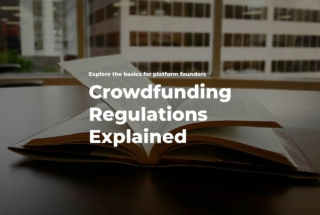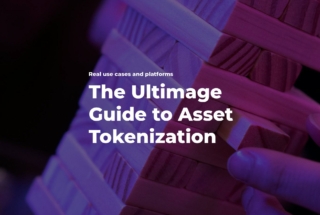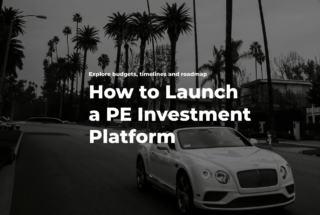Renewed Sustainable Finance Strategy and Crowdfunding
No time to read? Let AI give you a quick summary of this article.
Sustainable finance has been the major topic for discussion within the 5th European Crowdfunding Conference1 which was held online for the first time. Internationally agreed on in 2015, the United Nations concluded the UN 2030 sustainable development plan combining it with the Paris climate agreement. In addition to this program, the EU Commission introduced a European Green Deal2 plan which aims to make Europe the first climate-neutral continent by 2050.
The major goal of the program is to align financial efforts towards more sustainable businesses and technology which are focused on social and environmental benefits.
The government has set a European Green Deal Investment Plan which promises to allocate one trillion euro towards supporting socially and environmentally-savvy and responsible businesses.
What you will learn in this post:
The challenges of the sustainable finance strategy
The efforts to “contribute to the creation of a low-carbon, climate-resilient and circular economy” cannot be centred. In fact, they have to be decentralized and yet guided in order to make the program work.
The Commission clearly states that to achieve sustainable and eco-friendly growth of the economy, the efforts of the public sector are not enough. There has to be strong support and contribution of the private investment sectors too. Moreover, there is a clear number which has to be met yearly in order to achieve the EU’s 2030 objectives. The estimated investment gap accounted for 180 billion euro per year.
Currently, a regulatory framework or a “unified classification system” for the impactful activities of all actors is in progress. The goal is to create standards for the green bonds3 as well as what information and metrics should one disclose to be able to issue and trade these bonds.
A few other challenges or tasks include:
- Develop better credit-rating procedures
- Establish the methodology for a company’s performance assessment
- Analyze the legislation on public corporate reporting, etc.
The role of crowdfunding in the sustainable finance strategy
Crowdfunding has always had a strong relation to impact investing as it provided a useful and actionable framework for raising capital. Mostly, individuals and non-profits have been using crowdfunding to fund eco-related projects because they were unable to get funds elsewhere either due to low interest or low profitability of the projects.
In this case, it’s not the crowdfunding performance that should be doubted but rather the “green” projects market applicability.
“Crowdfunding is a way to let people choose what kind of projects they want to see on the market. That’s why I think there is a strong correlation between crowdfunding and sustainability”
– said [paraphrased] Filipe Portela, the Managing Partner at CORE Angels, during the conference.
And that’s the thing, the projects that businesses are crowdfunding for have to be meaningful and useful. Whether it’s finding more sophisticated ways to grow crops, developing alternative energy sources or building schools and houses in third-world countries there has to be both commercial and social purpose of the project.
As an alternative financing method, crowdfunding can be effective to help SMEs, nonprofits, and individuals to:
- Validate or popularize ideas related to social and environmental improvements
- Determine the product value on the market
- Create a base of early adopters either in the B2C or B2B sector
- Finance local and internationally-scale projects
- Enter new markets and build partnerships
On the other hand, crowdfunding can help the general public to learn about investing, take an active role in the country’s economic development by leveraging the investor’s free capital and earn dividends through stocks or bonds.
How the sustainable finance strategy is going to impact the market
European Commission has created an “Action Plan”4 to achieve the short-term and long-term objectives generally related to social and environmental projects.
Primarily, the document outlines future plans and current achievements – like a 20% pledge by the EU which is “directly climate-relevant” – as well as other capital reorienting activities.
There is quite a lot of information which you should definitely check out, but there were a few points which may be strategically important for new crowdfunding platforms coming to the market:
- The EU External Investment Plan (EIP) with 44 billion euro in the fund will focus on neighbouring EU countries and continents starting with Africa to establish partnerships and provide support.
- The mission is also to support and encourage retail investors to join the ecosystem
- Encourage private investment initiatives with the sustainable finance focus
Final thoughts
Overall, impact investing appears to be a very promising niche for crowdfunding platforms in the EU and Africa. A lot of funds will go this way to create sustainable finance with a focus on social and environmental benefits. Since the topic was brought up during the conference, it should start getting more traction.
At this point, you can start preparing by looking for the right audience and segments to work with. LenderKit provides one of the 5 marketing sites with a page builder which you can use to create beautiful landing pages for your crowdfunding website and start collecting emails that will be stored in the admin back office.
If you’re already confident in your idea and want to enter the green bond investing niche, you can build a custom crowdfunding platform right off the bat. Contact us to find out about possible options.



